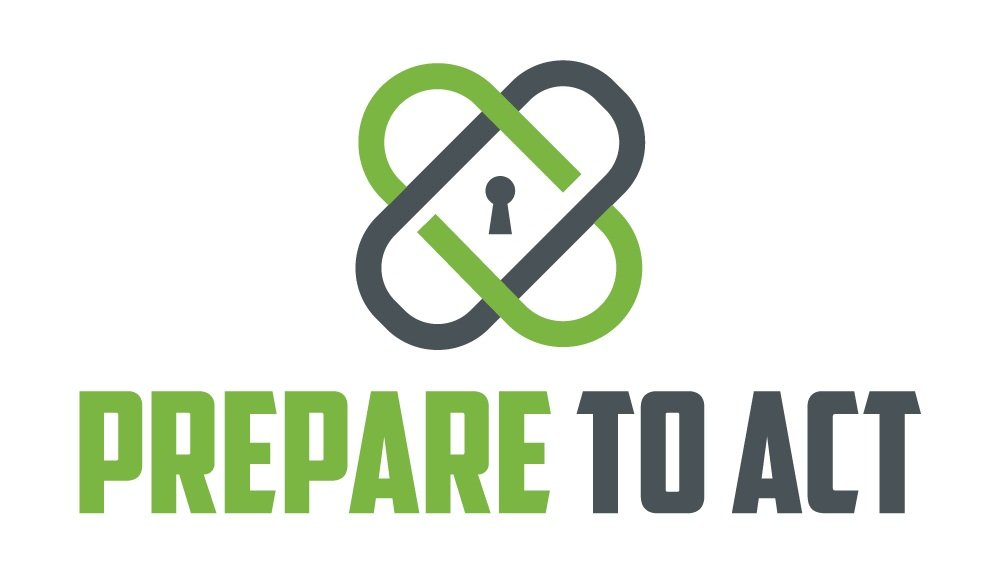Resilient Leadership: How to Balance Empathy, Safety, and Decisiveness for Success
Leadership today is about more than just making decisions or showing empathy; it's about resilience, safety, and the ability to strike a balance between understanding your team’s needs and making tough, sometimes unpopular, decisions. While empathy has its place, leaders who over-rely on it may find themselves stuck in indecision or, worse, being manipulated by their teams.
In this post, we’ll explore how to balance empathy with decisiveness and safety to build resilient leadership. Drawing on lessons from personal safety strategies, and a pragmatic approach to leadership, this guide will give you the tools to lead with both heart and strength.
The Myth of Empathy-First Leadership
Empathy is often lauded as the most critical skill in leadership, but focusing too much on emotions can actually paralyze your decision-making process. As mentioned in The Untold Truth About Leadership: Why Your Focus on Empathy May Make You Weak, leaders who over-prioritize empathy may avoid making the tough calls that drive real success.
Key Points:
Empathy without boundaries leads to burnout.
Tough decisions often require prioritizing outcomes over emotions.
Empathy can be manipulated by team members if not balanced with firmness.
Action Step: Audit your leadership style. Identify where you are leaning too heavily on empathy and start practicing a more balanced approach by focusing on long-term outcomes instead of immediate emotional reactions.
Personal Safety as a Leadership Tool
As discussed in The Leadership Edge: How Personal Safety and Preparedness Build Resilient Leaders, the principles behind personal safety—like situational awareness, preparedness, and quick decision-making—are directly transferable to leadership.
Key Points:
Situational awareness in leadership means understanding the dynamics of your team and the environment you operate in.
Preparedness in personal safety builds confidence. Similarly, leaders who are mentally prepared for challenges make better decisions under pressure.
Resilience is developed through preparation, whether in personal safety or leadership.
Action Step: Develop a situational awareness habit in your leadership practice. Every day, assess the state of your team, identify potential challenges, and prepare yourself for tough decisions.
Balancing Empathy, Safety, and Decisiveness
The key to resilient leadership lies in striking a balance. Leaders who rely solely on empathy risk being seen as weak, while those who focus only on results may come across as detached. The solution is to integrate empathy, personal safety principles, and pragmatic decision-making into a holistic leadership framework.
Key Points:
Empathy + Boundaries: Empathy is crucial, but it must be managed. Leaders should care about their team’s well-being but set clear boundaries to avoid burnout and manipulation.
Decisiveness: Great leaders understand that tough decisions need to be made. A focus on long-term results often means prioritizing the team’s success over individual feelings.
Safety: Ensuring both physical and emotional safety allows teams to operate from a place of security, leading to greater innovation and collaboration.
Action Step: In your next decision-making situation, ask yourself: Am I balancing empathy with the need to make a tough call? If you’re feeling stuck, lean on the principles of preparedness and resilience.
Resilience as the Core of Leadership
Building resilience is essential to leading successfully in any field. Whether you're drawing on personal safety principles, balancing empathy with firmness, or learning resilient leadership skills is about adaptability, preparation, and making decisions that foster long-term success.
By integrating empathy, decisiveness, and safety, leaders can strike the right balance, creating environments that encourage growth, innovation, and well-being.
FAQs:
Why is empathy important in leadership?
Empathy helps leaders connect with their team, creating a supportive and understanding work environment. However, it must be balanced with decisiveness to avoid being seen as weak.Can too much empathy weaken leadership?
Yes, over-focusing on empathy can lead to indecision, burnout, and being taken advantage of. Balancing empathy with strength is crucial for effective leadership.What is situational awareness in leadership?
Situational awareness in leadership refers to a leader’s ability to understand the dynamics of their team and environment, helping them make informed decisions.How does personal safety training help leaders?
Personal safety training teaches preparedness, quick decision-making, and resilience—all of which are essential leadership qualities.How can leaders prevent burnout from empathy?
Leaders can prevent burnout by setting clear boundaries, delegating emotional responsibility, and focusing on long-term outcomes.Why is resilience important for leaders?
Resilience allows leaders to adapt to challenges, recover from setbacks, and make tough decisions without being overwhelmed.How can safety practices improve leadership?
By focusing on safety, leaders create a secure environment where teams feel empowered to innovate, collaborate, and take calculated risks.What is the relationship between decisiveness and leadership success?
Decisiveness is key to leadership success. Leaders who make tough calls when necessary drive progress and build respect among their teams.Where can I learn more about resilient leadership?
For more on resilient leadership, check out our previous posts on The Untold Truth About Leadership: Why Your Focus on Empathy May Make You Weak, The Leadership Edge: How Personal Safety and Preparedness Build Resilient Leaders.
